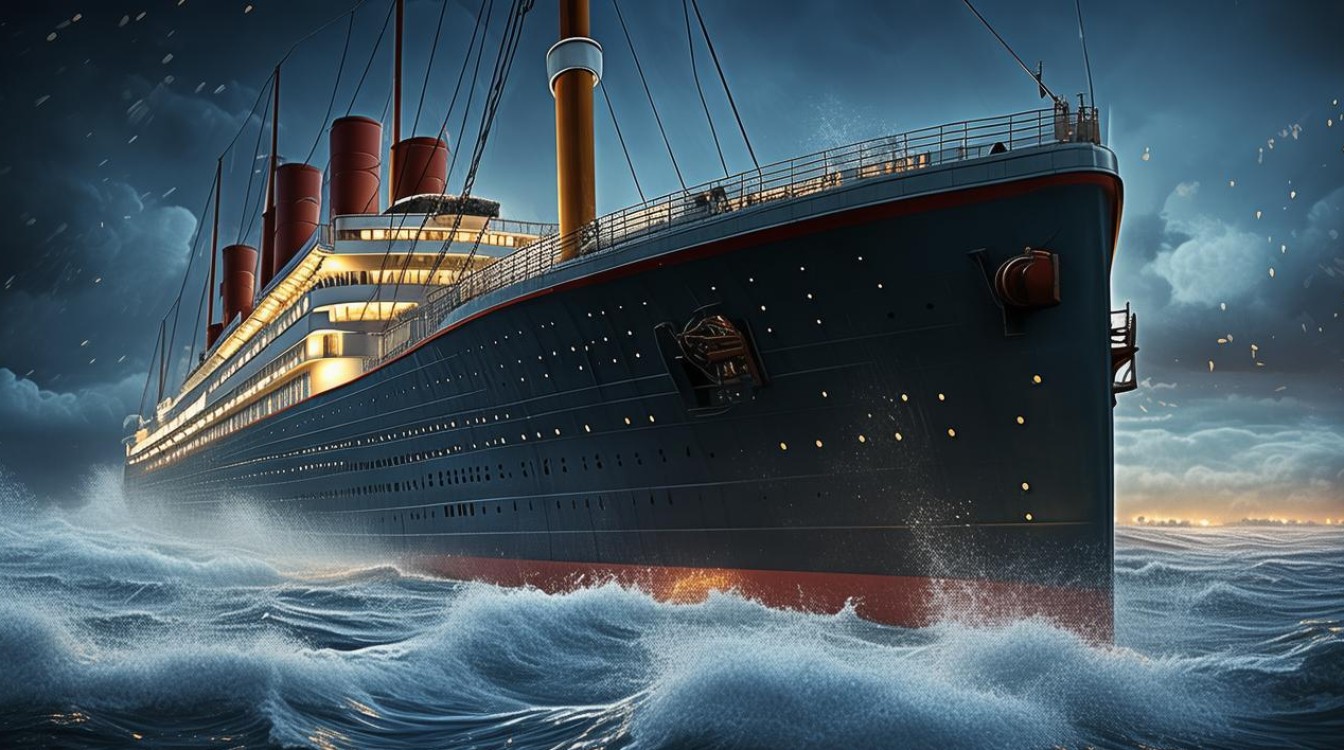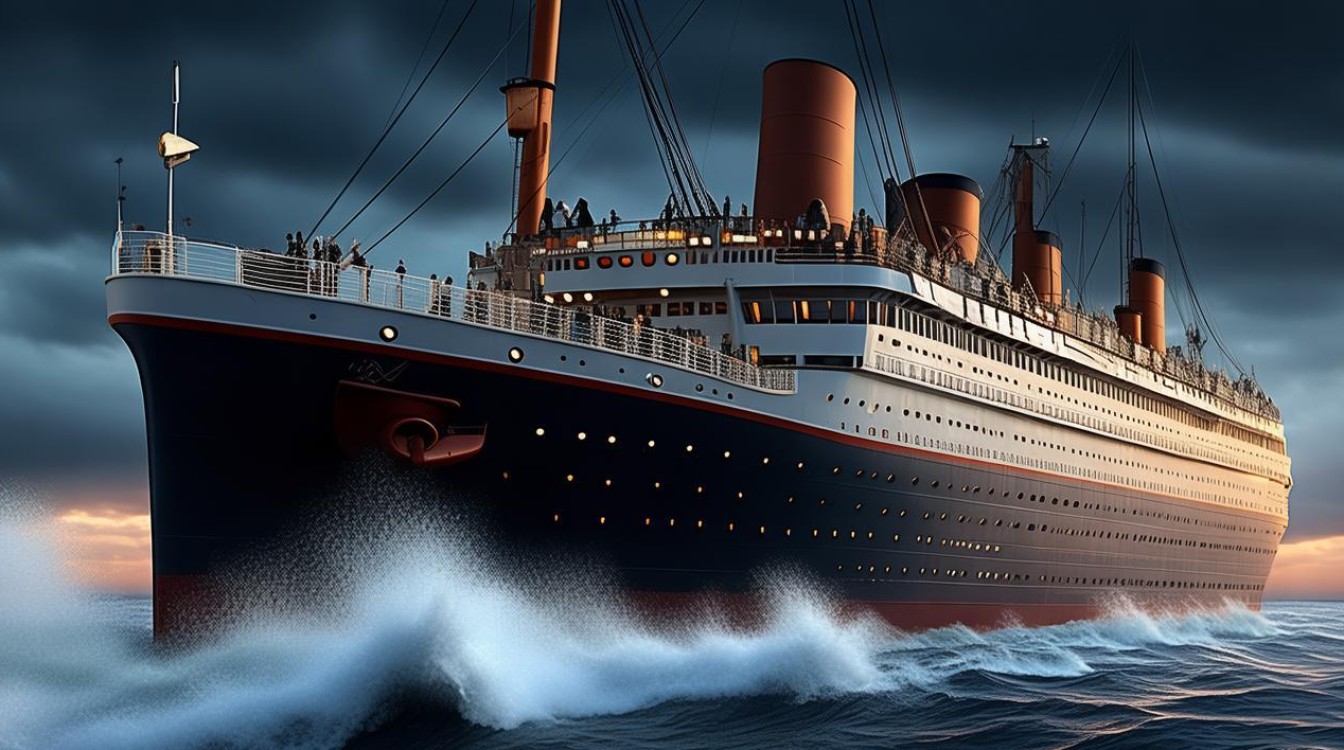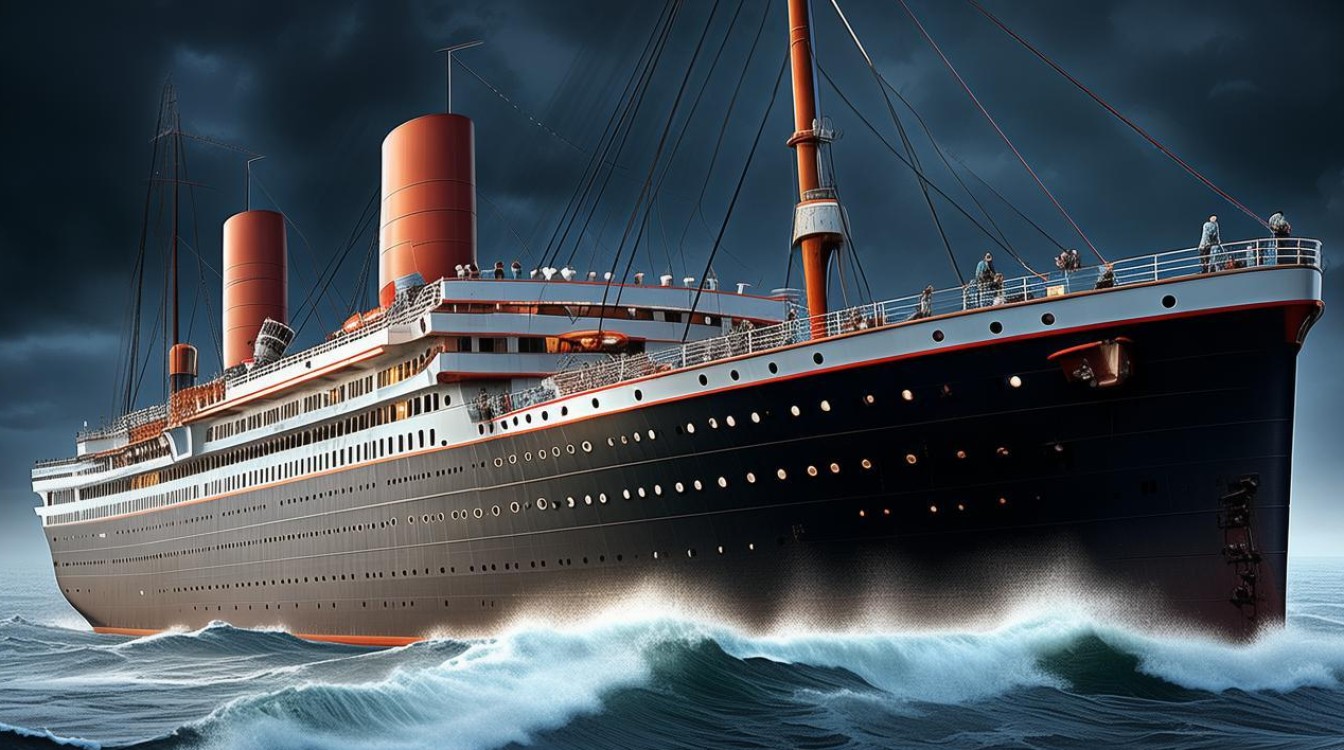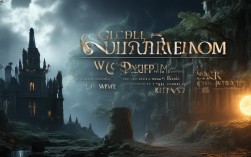The sinking of the RMS Titanic on April 15, 1912, remains one of the most devastating maritime disasters in history, claiming over 1,500 lives. While the basic narrative of the ship striking an iceberg and sinking is well-known, numerous unanswered questions and mysteries continue to captivate historians, scientists, and enthusiasts alike. These enigmas span from the moments leading up to the collision to the final resting place of the wreck, and even extend to the human stories of those aboard. This exploration delves into the most perplexing unsolved mysteries surrounding the Titanic, examining evidence, theories, and the enduring gaps in our understanding.

The Dismissed Iceberg Warnings: A Chain of Failures?
One of the most haunting questions is why the Titanic received multiple iceberg warnings on the day of the disaster yet still collided with an iceberg. At least seven warnings were relayed to the ship’s radio operators, but only a few reached the bridge. The first, sent at 9:00 AM from the Caronia, noted “bergs, growlers, and field ice” in the Titanic’s path. Subsequent warnings from the Baltic, Amerika, and Californian were either delayed, ignored, or not effectively communicated to the senior officers.
Captain Edward Smith was reportedly aware of the warnings but maintained the ship’s speed of 22 knots, a decision later criticized as reckless. Some historians argue that Smith, under pressure from White Star Line to make a good crossing time, prioritized speed over caution. Others suggest that the radio room, overwhelmed with passenger messages, failed to prioritize the iceberg alerts. The most controversial theory involves the Californian, which stopped for the night due to ice warnings and was reportedly just 10–20 miles from the Titanic. Its radio operator, Cyril Evans, had warned the Titanic of ice but was told, “Shut up, shut up, I am busy; I am working Cape Race!” When the Titanic began sinking, its distress signals were allegedly seen by the Californian, but the crew did not intervene, believing the rockets were merely “company signals.” Why the Californian failed to respond remains a point of intense debate, with theories ranging from negligence to a misunderstanding of signals.
The Hull Breach: How Did the Ship Actually Break Apart?
For decades, it was widely believed that the Titanic sank intact, a narrative reinforced by survivor testimonies and early expeditions. However, the 1985 discovery of the wreck by Robert Ballard revealed a shattered hull, with the bow and stern separated by over 2,000 feet on the ocean floor. This raised a critical question: How and when did the ship break apart?
Survivors like Second Officer Charles Lightoller testified that the ship sank “slowly and quietly,” with no obvious structural failure. However, other accounts, including those from deck officer Harold Bride and firechemist Charles Joughin, described a loud “cracking” noise and the ship splitting before sinking. Modern analysis of the wreck, using submersibles and 3D imaging, supports the latter theory. The bow, heavily damaged by the iceberg, plunged first, causing the stern to rise vertically before breaking under stress. The exact nature of the rupture—whether a clean snap or a chaotic collapse—remains unclear. Metallurgical studies have also fueled debate: some experts argue that the ship’s steel, though advanced for its time, was brittle in the icy North Atlantic waters, making it more susceptible to fracture. Others suggest that the rivets used to hold the hull together contained high levels of slag, weakening their structural integrity. The table below summarizes the key theories behind the hull’s failure:
| Theory | Supporting Evidence | Criticism |
|---|---|---|
| Longitudinal Splitting | Wreck images show a jagged tear along the starboard side, consistent with a long rupture. | Some survivors reported no split until the final plunge. |
| Brittle Steel | Laboratory tests on recovered steel show it became brittle at freezing temperatures. | The ship’s steel met 1912 standards; modern ships face similar risks. |
| Rivet Failure | High slag content in rivets found in the wreck; they may have popped on impact. | No direct evidence of rivet failure during the sinking. |
The “Unsinkable” Myth: Design Flaws and Human Error
The Titanic’s reputation as “practically unsinkable” stemmed from its advanced design, including 16 watertight compartments and remotely operated doors. When the ship struck the iceberg, only five compartments were breached—still within the limit the ship could theoretically withstand. So why did it sink?

One theory points to a design flaw: the watertight compartments extended only up to the E deck, leaving the tops open. As the bow flooded, the weight pulled the ship down, causing water to spill over the tops of the compartments in a “domino effect.” Additionally, the decision to keep the watertight doors open for convenience (to allow passengers and crew to move freely) exacerbated the flooding. Human error also played a role: the lookouts in the crow’s nest had no binoculars, as they had been misplaced before departure, delaying their detection of the iceberg until it was too late.
The Mysterious Disappearance of the Ship’s Bell and Key Artifacts
Over the years, numerous artifacts have been recovered from the Titanic wreck, but some high-profile items remain missing, fueling speculation. The ship’s bell, which hung in the crow’s nest and would have been rung to alert the bridge of the iceberg, was never found. Similarly, the telegraph machine used to send distress signals and the ship’s logbook—containing critical details of the voyage—are unaccounted for.
The most famous missing artifact is the “Heart of the Ocean” necklace, a 45-carat blue diamond said to have been worn by passenger Louis XVI’s great-great-granddaughter, Rose (a fictional character in James Cameron’s 1997 film). While the necklace is a Hollywood creation, the real-life Hope Diamond was not aboard the Titanic, but other valuable gems, including the 56-carat Taylor-Burton Diamond, were rumored to be in the First Class purser’s safe. The contents of many safes, recovered in the 1980s and 1990s, were auctioned off, but some items were never identified, leaving room for theories about lost treasures.
The Curse of the Number 13 and Other Supernatural Theories
For decades, the Titanic has been associated with supernatural curses and omens, many of which revolve around the number 13. The ship had four funnels (though one was non-functional), and its maiden voyage began on April 10, 1912—a “cursed” date in some cultures. More intriguingly, the ship’s lifeboat capacity was 1,178, just short of the 2,224 passengers and crew aboard, a shortfall blamed on regulatory oversight but interpreted by some as a sign of doom.
One of the most persistent legends involves the Titanic’s sister ship, the Olympic. In 1911, the Olympic collided with the HMS Hawke, and some conspiracy theorists claim the Titanic was swapped with the damaged Olympic to fraudulently collect insurance. Proponents point to discrepancies in the ships’ registries and alleged “Titanic” markings on the wreck. However, this theory is widely debunked by maritime experts, who note the extensive differences between the two ships, including the Titanic’s unique enclosed promenade deck.

The Future of the Titanic: Will It Ever Be Fully Explored?
The Titanic wreck, lying 12,500 feet below the surface in the North Atlantic, continues to deteriorate due to metal-eating bacteria and deep-sea currents. Since its discovery, over 200 expeditions have visited the site, recovering thousands of artifacts, from china plates to a 17-ton piece of the hull. However, key areas of the wreck, including the engine room and the purser’s office, remain largely unexplored, leaving hope that new evidence may emerge.
In 2023, a new mission, using advanced submersibles and AI-powered imaging, mapped the wreck in unprecedented detail, revealing previously unseen damage to the bow and stern. While these expeditions have shed light on the sinking, they have also raised ethical questions about whether the wreck should be preserved as a memorial or further exploited for tourism.
FAQs
Q: Could the Titanic sinking have been prevented if the ship had carried enough lifeboats?
A: The Titanic was equipped with 20 lifeboats, enough for only 1,178 people—roughly half its capacity. This was due to outdated 1907 Board of Trade regulations, which required lifeboats based on a ship’s tonnage rather than passenger count. While more lifeboats might have saved additional lives, they would not have prevented the sinking itself. The real issue was the lack of adequate training in lifeboat procedures and the chaotic evacuation, which left many lifeboats only partially filled. For example, Lifeboat No. 1, designed for 40 people, carried just 12, mostly crew members.
Q: Has the Californian’s role in the disaster ever been fully explained?
A: The Californian’s inaction remains one of the Titanic’s greatest controversies. Official inquiries in 1912 concluded that the ship could have reached the Titanic in time to save lives, but its captain, Stanley Lord, maintained that his crew had misinterpreted the distress signals as rockets from a different vessel. Modern analysis suggests that the Californian was likely closer than previously thought—possibly within 10 miles—and that its radio operator, Cyril Evans, had turned off his equipment for the night, missing the Titanic’s distress calls. While Lord’s reputation was tarnished by the incident, the exact reasons for the Californian’s failure to respond continue to be debated, with some historians arguing that poor communication and confusion about maritime signals were to blame.











